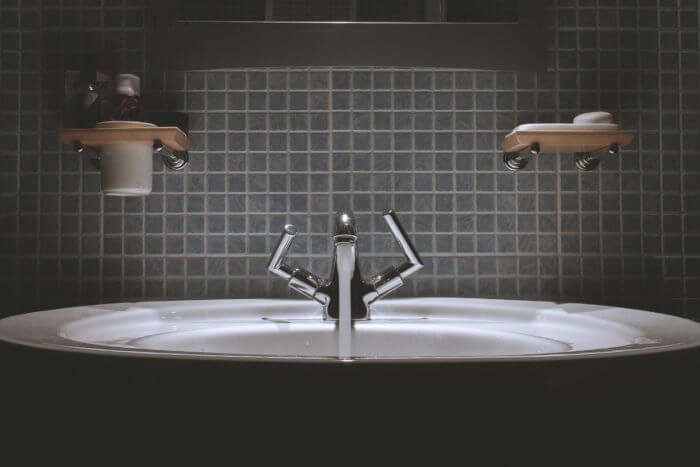Stop the Condensation
Condensation is an issue for every bathroom – it’s a humid environment where moisture is released into the air in an indoor environment by something as simple as taking a shower or a hot bath. Condensation forms when the hot steam meets cold air and surfaces, forming droplets on windows, mirrors and every hard surface. The hotter the water vapour, the more moisture the air can hold and the more condensation will be deposited on cold surfaces.
But condensation is not merely a case of having to demist mirrors and windows. In addition to being a nuisance, it can also cause all sorts of problems, from peeling wallpaper to unsightly mould stains. Mould spores love nothing more than warm, damp environments where they will thrive, wreaking havoc in your bathroom… if you let them.
Obviously, you won’t be able to change the essential function of your bathroom, but there are some simple and effective steps you can take to dramatically reduce condensation in your bathroom, for everyone’s sake – and here are 5 advised by Mike James, who worked with the Bathroom Discount Centre on this steamy issue:
Ventilation
The first, basic step to reducing the harmful effects of condensation is to increase ventilation in the room to keep the airflow up and the moisture content down. Open a window when you’re running a bath or having a shower, and air the room well when you’ve finished.
Interestingly, double glazed windows offer extra protection as the inside pane is warmer than the outside pane. Single glazed windows, by contrast, attract more condensation.
You may think that opening the bathroom door may also be helpful, but you’d be wrong. All you’re doing is spreading the steamy air to other rooms, increasing the risk of the harmful effects of condensation there.
Finally, make sure that the shower door or curtain is left open after use so that the inside of the shower cubicle gets a decent airing too.
Clean and dry surfaces
Do ensure that your bathroom surfaces are kept clean and dry when the bathroom is not in use. This goes for baths, showers and washbasins as well as windows, mirrors and tiles. It may seem counterintuitive, but it’s important to discourage the moist environment in which mould can thrive.
If any black spots do appear around your bath, shower or washbasin as a result of too much condensation, use a solution of bleach and water to eliminate them as soon as you can, and prevent your bathroom from becoming a breeding ground for mould.
Extractor Fans
Every bathroom should have a fully operational extractor fan. Even if there is an outside window in the room, bathroom fans are non-negotiable. Ideally, install one that comes on automatically with the bathroom light or when you switch on the shower. If that’s not possible, at least keep the fan switch next to the light switch, so you won’t forget to turn it on.
It really cannot be stressed enough that not having/using a bathroom fan is a recipe for future disaster. And don’t forget to check your fan regularly, so that dust and dirt build-ups can’t impede the operational efficiency of the fan.
Dehumidifiers
A dehumidifier is a clever gadget that takes moisture from the air and collects it as water. They’re not cheap and not pretty, and are perhaps not a long-term solution to the problem, but having a dehumidifier running while you have a hot bath or steam shower will certainly lead to a big reduction in condensation. It’s a thought.
Warming up bathroom surfaces
Cold hard surfaces such as tiled areas, floors and mirrors are most likely to attract condensation. However, warming up these surfaces will help, as it reduces the contrast between hot and cold and therefore leads to less condensation.
Underfloor heating can help in this regard, as can demistable mirrors that are fitted with heat pads to keep the glass surface warm automatically.
Article provided by Mike James, an independent content writer working together with Bathroom Discount Centre.


2 comments
Thanks for all the ways of removing moisture from home. But I want to share you a natural way of reducing moisture and hope it will not hamper you at all. Baking soda is exceptionally effective in decreasing moisture levels in your home. You should simply put some baking soda in a bowl and cover it with a non-woven fabric. Leave this bowl in your kitchen and bathrooms and watch it viably reduce dampness.
This made a lot of sense. No wonder we can’t get off condensation in our bathroom. Might get a dehumidifierThanks for the tips!